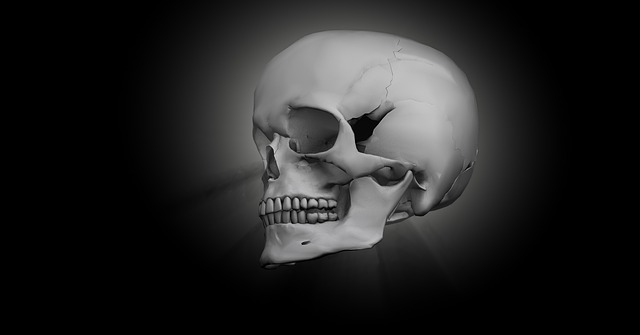
One of the hardest things a doctor does during their professional career is attempt to determine whether or not a hurt child has been abused, or simply had an accident. After all, a lot rides on their opinion. Families get torn apart. People go to prison. Children lose their parents. So the pressure to get it right is enormous.
But two forensic scientists at MSU decided to investigate one of the most commonly accepted theories in child abuse diagnosis – skull fractures – and their findings are quite surprising…
The study of injuries is not an exact science, as it turns out…
According to Dr. Todd Fenton, a forensic anthropologist, and Dr. Roger Haut, a professor in biomechanics, multiple skull fractures have always been interpreted as being the result of multiple points of impact. In other words, if a child is hospitalized with a number of skull fractures, but their parent is claiming that they fell and hit their head once, the explanation and the evidence would be considered inconsistent.
Short answer: the parents must be lying, therefore they probably abused the child and are now trying to cover it up. This has resulted in child abuse being the diagnosis, more often than not, in cases where a child has a number of skull fractures. Especially if the accompanying parent’s story points to a single accidental point of impact. But according to Fenton and Haut, this is actually incorrect.
Single impact injuries really CAN leave multiple fractures in different places…
Their most recent study revealed the fact that human skulls, when impacted sufficiently enough to cause fracturing, leave behind a distinctive “fracture signature”. Through experimentation using the skulls of deceased piglets, the pair was able to prove that a single blow to the head often results in a number of fractures. Many of these do not even occur at the point of impact.
According to this new research, many fractures resulting from a single blow actually start in completely different parts of the skull and travel back towards the point of impact. Over the course of the study, Fenton and Haut were able to classify fracture patterns with astounding certainty, with the young piglet skulls presenting an accuracy rate of 82 %, and the older skulls coming in at an astounding 95 %.
How many innocent parents are behind bars because science failed them?..
In order to make this information usable to the medical community in their diagnosis of child abuse cases, Dr. Anil Jain joined the team. A professor of computer science and engineering, Jain has created an algorithm that would allow for the classification of fracture types. The team is now in the process of setting this up online as a national database for public use.
Entitled ‘The Fracture Printing Interface’, this technology could make an enormous difference in the future for children and parents, by saving the victims of real abuse, and preserving the families of those who are falsely accused! This is good news indeed, and we look forward to the day this kind of information becomes commonplace, and accessible to all medical practitioners.
